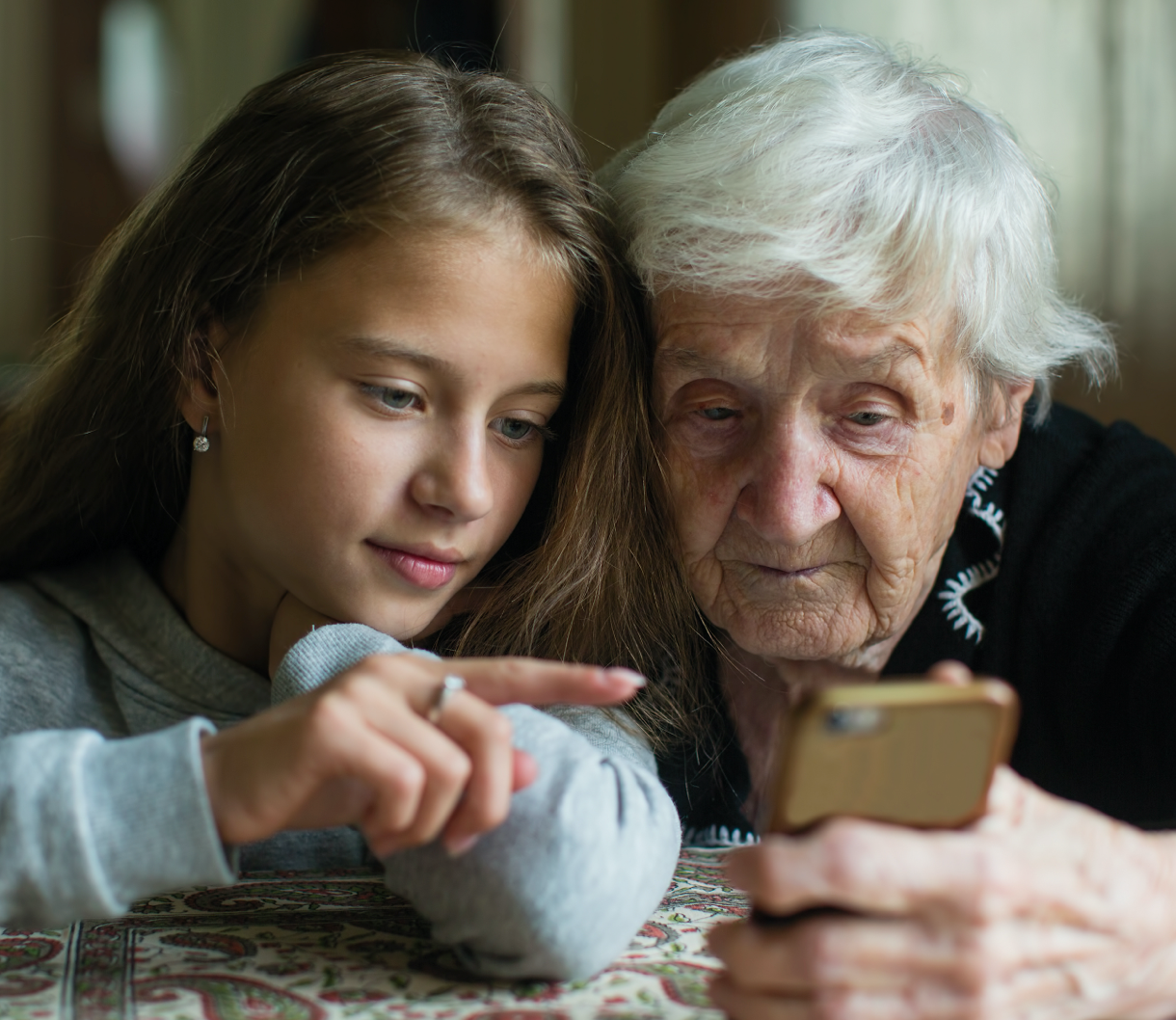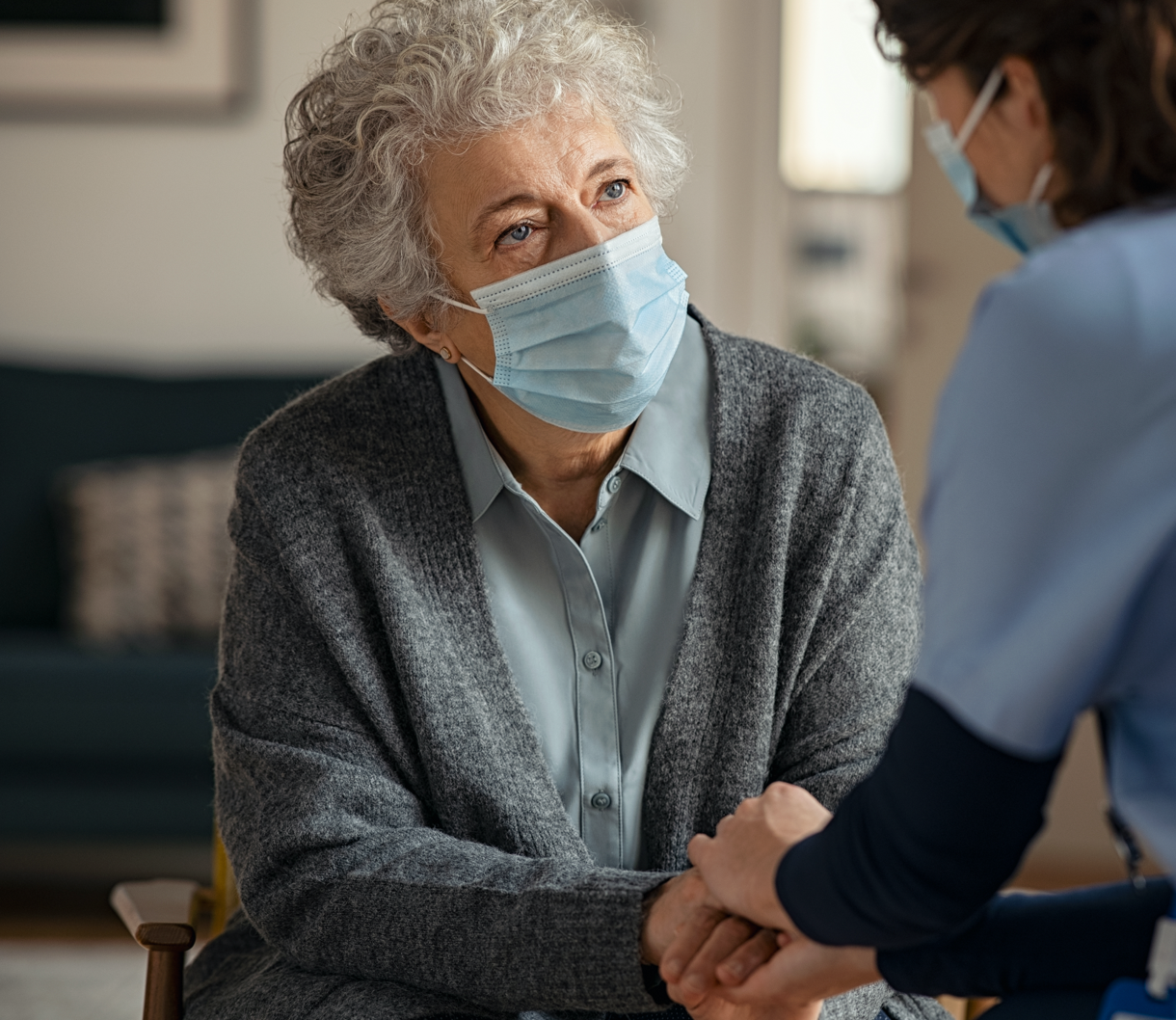Continuing an Environment of Caring in Times of COVID-19
Safety of Residents and Staff
As the coronavirus (COVID-19) pandemic continues to evolve, our communities are focused on keeping our Residents and staff safe while also maintaining Resident engagement and daily fulfillment. We are taking a cautious approach, balancing the highest level of safety within the least restrictive environment.
We will continue to follow and augment State and C.D.C. safety recommendations:
Screening: We screen every employee every day. We require our staff to complete a questionnaire (inquiring about possible symptoms, recent travel and exposure), have their temperature and oxygen level checked before entering the building. Staff are also required to clean their cell phones, keys and wash their hands while being observed. We monitor our Residents’ health closely with temperature and oxygen level checks at least twice a day. We help our Residents wash their hands throughout the day and encourage them to wear a mask or face covering.
Cleaning: We have enhanced our cleaning products with regard for their effectiveness in killing COVID-19 particles and proper sanitization and disinfection, using the EPA’s specific list of disinfectants for use against the coronavirus. We are using this list and training staff on how long cleaning solutions must be kept on a surface before wiping it off to ensure its effectiveness. We prioritize cleaning high-touch areas and horizontal surfaces, cleaning them several times a day.
Physical Distancing: We encourage 6 foot distancing between Residents and with staff unless they are providing direct care to a Resident.
Testing: We test all Residents and staff for COVID-19 every three weeks, and more as needed. Our nurses utilize a PCR test, which we send to a private lab to expedite results.
Physical Changes: We have installed ultraviolet lights in our air conditioners that supply air to the common areas of the houses. This method is believed to be helpful in killing bacteria that is cycled through the systems and pushed back into the house. We’ve also enhanced our HVAC filters to near HEPA levels, trying to add additional layers of protection to keep COVID-19 out of the building. Most importantly, air purifiers have been added to common areas and each resident room.
PPE: Staff members wear masks at all times and we encourage Residents to wear masks when outside their rooms. We also encourage physical distancing between our Residents. Staff wears additional protective equipment when deemed necessary while caring for our Residents. Staff are continually trained on when and how to use personal protective equipment (PPE).
Individual Needs Stay Paramount
The uncertainty surrounding COVID-19 affects us all. At our communities, we are not letting it stop us from safely offering a life well-lived. Above all, we are providing the utmost attention to the safety and well-being of our Residents. Our Program has always revolved around the individualized needs of each Resident and this has not changed during COVID-19. Residents are still able to connect with each other and staff while maintaining a safe physical distance. Weather permitting, we enjoy the patio and large backyard. We continue to keep our Residents engaged through cognitive, physical, recreational experiences. We offer enjoyment and connection throughout the day even during these unprecedented times.
Visitors
Since early March we have restricted facility access to prevent the spread of COVID-19.
Essential Visitors: Healthcare providers including physicians, home health, private duty services, physical therapy and hospice staff have not been allowed in the communities unless there is an acute, essential need for our Residents. These services continue as needed through FaceTime, tele-med and phone conversations. If physical access is absolutely necessary, the individual will complete our questionnaire and screening for temperature and oxygen stats. No one is allowed in the community if they fail to meet our screening criteria.
Families: We are happy to help schedule window visits, FaceTime, Zoom and phone calls with your loved ones based on what is allowed and prudent. To ensure the proper support from our staff, our visits are scheduled ahead of time.
Tours and Move-Ins
Tours: We recognize that regardless of the changes with COVID-19, your need for senior living hasn’t changed. For the safety of you, our Residents and staff, we are currently offering virtual tours where you can see our community, as well as meet our staff. Please contact our Community Relations Director to set up a virtual tour.
Move-Ins: We are accepting a limited number of move-ins (unless otherwise instructed by public health department). New Residents must be tested for COVID-19 prior to move-in. Upon admission, we will place a new resident in their room to quarantine as an additional precaution.
We will share community-specific information with residents and families as our quarantine measures continue to evolve with new information of COVID-19.
We are honored to care for your family member and loved one.
Comments we’ve received from our families during COVID-19.
“We appreciate all of your efforts. Your team clearly is a leader in the response to COVID. Thank you for keeping our loved ones safe.”
Joseph
“Thank you, thank you, thank you for ALL you have done and are doing to keep the residents and staff in a safe environment! The continuous learning and improvements empower caregivers and families to do better at home and in our communities.”
Tommy
“I appreciate you taking the time to update us and share them with my family living in AL, GA, VA, MD, FL…we are extremely grateful and comforted by your proactive and decisive measures! We’ll continue to keep you in prayer for health, safety and more.”
Rebecca
“In keeping with the parade theme you had, the employees there are super heroes. They are plowing forward in the midst of this horrible virus and taking care of their patients selflessly. I just wanted to acknowledge their bravery and dedication and thank them from the bottom of my heart for the goodness in their hearts and their dedication to their patients and jobs.”
Abigail
“Thank you! You locked down early & your diligence has paid well.
The Bader support group continues meeting once a month by Zoom. We all appreciate you so much. Everyone comments on how grateful we are that our parents are at Bader House!
We appreciate everything: sending us pictures, calls, alerts to bring supplies/clothes as needed, staying in virtual contact with hospice.
Blessings to each of you.”
Marsha
“Thank you for all y’all and all the staff are doing for my mom and the other residents. We truly appreciate your hard work.”
Carol







